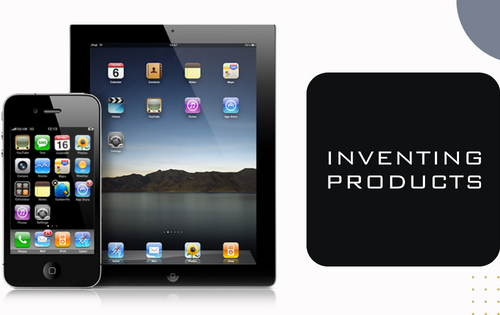
Why Prototyping is Essential for Invention Success
In the dynamic and competitive realm of innovation, the journey from a concept to a market-ready product is fraught with challenges and uncertainties. Among the myriad steps involved, one of the most critical yet often underestimated is prototyping. A prototype is the first full-scale and functional model of an invention. It serves as a bridge between the inventor’s vision and the tangible product. Prototyping plays an instrumental role in the invention process, serving as a litmus test for functionality, design, and market viability. In this context, InventHelp emerges as a crucial ally for inventors, providing the expertise and resources necessary to navigate the prototyping phase efficiently and effectively. Let’s see how does InventHelp assist new inventors?
Prototyping: The Heart of Invention Success
Iterative Development: Perhaps the most significant advantage of prototyping is its facilitation of an iterative development process. It allows inventors to refine and tweak their designs based on real-world testing and feedback. Each iteration brings the product closer to perfection, addressing flaws and enhancing functionality. InventHelp supports inventors through this iterative process, providing insights and access to advanced prototyping technologies.
Demonstrating Functionality: A prototype brings an inventor’s idea to life, offering a clear understanding of how the product works. This concretization of the concept is invaluable, not just for the inventor but also for potential investors, partners, and patents evaluators. InventHelp recognizes the importance of this step and assists inventors in developing a prototype that accurately demonstrates the invention’s functionality.
Feedback and Validation: Presenting a working prototype to potential users and stakeholders opens up avenues for feedback and validation. It’s a crucial phase where the theoretical meets the practical, and assumptions about the product’s market fit and usability are tested. InventHelp guides inventors in leveraging the prototype for market research, gathering valuable insights that can further refine the product.

Cost Estimation: Prototyping also plays a pivotal role in financial planning. It provides a clearer picture of the materials, technologies, and processes required to manufacture the product. This information is crucial for budgeting and for presenting realistic projections to investors. InventHelp aids inventors in understanding the cost implications of their designs and in exploring cost-effective materials and methods.
Attracting Investment: A well-designed prototype is a powerful tool for attracting investment. It demonstrates the inventor’s commitment and the feasibility of the product. InventHelp helps inventors polish their prototypes and prepare compelling presentations for potential investors, increasing the chances of securing the funding needed to bring the invention to market.
InventHelp: Your Partner in Prototyping
InventHelp stands as a beacon for inventors navigating the complexities of prototyping. With a wealth of experience and resources, InventHelp helps inventors create an invention prototype model that is not only functional but also meets market needs and can be manufactured. They provide access to cutting-edge prototyping technologies, including 3D printing and CNC machining, enabling inventors to experiment with designs and materials that were once beyond reach.
Moreover, InventHelp’s network of professional contacts can connect inventors with manufacturing partners, further smoothing the path from prototype to product. By offering comprehensive support in prototyping and beyond, InventHelp plays a vital role in transforming inventive ideas into successful market realities.
In Conclusion
Prototyping is not a mere step in the invention process but the core of invention success. It bridges the gap between idea and reality, theory and practice. With InventHelp’s support, inventors can navigate this crucial phase effectively, ensuring their inventions are not just visionary but also viable, market-ready products.
You May Also Like

How Invention Companies Can Help Inventors with New Invention Ideas
May 31, 2023
Stay Hydrated with Tyent Water Ionizers
February 23, 2023


